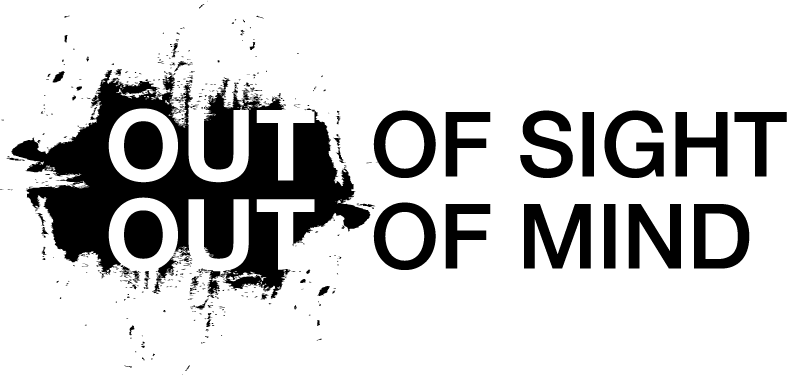Ophelia
By Chloe Bramwell
Polymer clay, human hair, cotton
This piece depicts a fictional body which was found preserved in a melting Norwegian glacier. Her tattoos, jewellery and clothing suggest that she is Pictish, living sometime in the 800s and moving to modern-day Norway during the Viking Age.
It draws on both archaeological museum displays and the depiction of mental illness in Pre-Raphaelite art to respond to the way that psychiatry categorises and "reads" the body. It is inspired by my experiences as a child visiting museums and being struck with fear and awe at the sight of human remains: Viking skeletons, mummified ancients from Egypt, catacomb walls. I would be overcome with panic at my own powerlessness in the face of death, triggered by the sight of their powerlessness in death to escape a museum cabinet.
These archaeological remains are treated like taxidermy birds, Roman coins or pressed flowers. Their attraction to visitors is that they are human, like us and part of us. But treated like a museum object they can be classified and studied like a drawer of extinct butterflies. They were here, now they are gone. We read their remains to try to know them better. But in pinning them down this way we lose an essential part of their humanity. I am reminded of psychiatrist’s notes made when I was a teenager that now sit in a cabinet somewhere.
The impulse to collect, document, catalogue and preserve, reminds me always of Victorian museums like Kelvingrove. They look so much like churches but contain objects picked up from around the world, not always ethically. Millais' Ophelia is painted like a Renaissance saint, surrounded by minutely illustrated flowers, caught between life and death. Likewise, this Pictish woman can be read as a bodily history of her life and culture, but her experiences as an individual are more than what can be seen in her remains.


